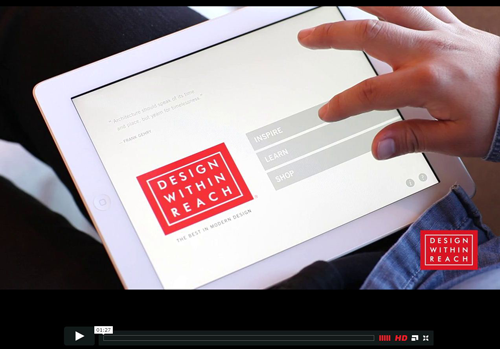How to Get an Ecommerce App to Pay Off

So you've embraced the fact that the future of ecommerce is mobile, and have decided to build an app.
Mobile apps undeniably present an attractive proposition for merchants looking to establish a direct, interactive connection with their customers.
Apps can present opportunities for repeat engagement by providing useful tools related to products or the target audience's interests, and can smooth the path to purchase by saving customer preferences and past purchase information.
The trends clearly show app use on the rise among shoppers and major retailers.
- 27 of the top 30 shopping brands now offer apps, while 33 percent of iOS users and 24 percent of Android users report downloading an app in the past month, according to Forrester Research.
- In 2013, overall mobile-app use increased 115 percent, with use of shopping apps for shopping and lifestyle increasing 77 percent, according to Flurry Analytics.
But there are also more sobering statistics that suggest many retailers are either not fully thinking through their apps during development or are failing to properly promote them once launched.
- Of those 27 top retailers with apps, most average 500,000 downloads per app or less. That would be great news for a small retailer, but for giants like Target with tens of millions of customers, it shows app usage remains quite low overall.
- And once shoppers download apps, there's little evidence they access them often. In fact, just 5 percent of non-gaming or entertainment apps see repeat usage within 30 days, according to Forrester.
So, if you're serious about building an app and ensuring its worth the investment, consider the following tips:
1. Make sure your customers want it
The best way for merchants to determine whether they need an app is whether their target audience would use it. Surveys, analysis of competitors' offerings and a deep dive into analytics data to determine popular mobile operating systems - and therefore favored devices - can all come in handy when determining whether and how to proceed.
2. Make sure you can support it
Merchants need to assess honestly whether they have the resources to develop enough content to make a truly useful app. This includes having the ability to commit to ongoing content updates, functionality upgrades, and releases of new versions as new operating systems and device types proliferate.
3. Make it useful beyond shopping
Once you've launched, striking the right balance between product promotion and useful tools and content can be key to your app's success.
Jewelry retailer and diamond specialist Helzberg Diamonds has created a specialized app that's a manageable mix of content around its collection of engagement rings. The highly rated app is a comprehensive resource that's focused on one topic, with links to the mobile commerce site woven in at appropriate junctures. Using the Proposal Pro, suitors can choose the date they plan to propose, browse rings, determine their beloved's ring size, and read etiquette tips and advice about the ritual. They may even choose to have the app generate their proposal for them, or to rehearse using a built-in recorder.
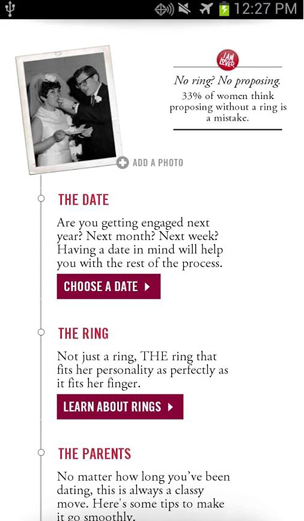
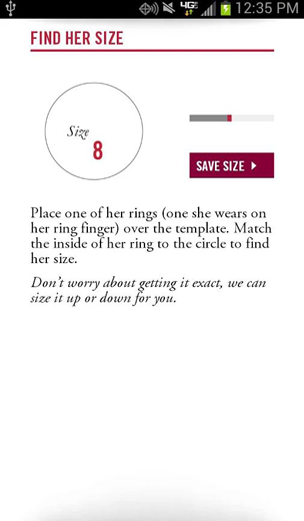
4. Be prepared to promote it
Even the most innovate apps need to be effectively promoted to ensure they don't languish in obscurity.
It's important to remember that search engines aren't likely to direct new customers to your app unless they already know - and type in - your brand name. Even then, searches will most likely lead them to your desktop or mobile websites where they may never even realize you offer an app.
Promoting your app consistently across all brand touchpoints, including on mobile website, email campaigns, and in-store at point of sale is essential.
5. Encourage sharing
Most people hear about apps through recommendations from friends and family, followed by "top-rated" recommendations in an app store, according to Forrester.
While it's hard to break into the ranks of "top rated" apps, take advantage of the word-of-mouth way friends and family recommend apps to one another by promoting your app on social media -- and, even better, integrating social activities into the app's functionality.
For example, Nike's app for tracking workouts includes "leader boards" where you can share times for running routes. There's even a feature on the mobile app where you hear a cheer every time someone likes the run you posted on Facebook.
American Eagle Outfitters' app is about as social media savvy as they come, making it easy to share outfits with friends on Facebook, Twitter or email, and even offering reward points for each time users share with friends.
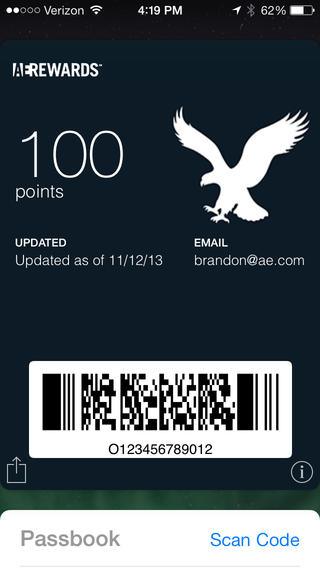
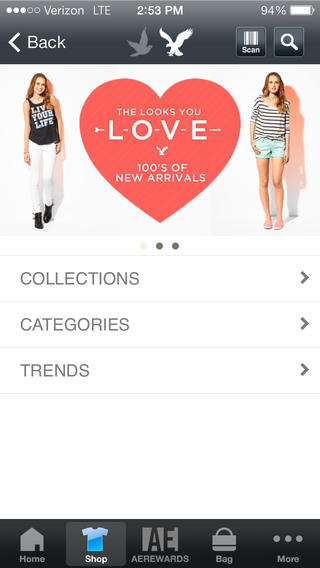
6. Show, don't tell
Taking the time to download an app is a commitment, and customers need to feel it's worth their effort. Promotions and written descriptions of your creation followed by a link to an app store may still not be enough to get them to click.
Consider giving customers a preview of how your app will improve their shopping experiences.
Design Within Reach, the innovative New York-based furniture and accessories retailer, has an app available for the iPad through the iTunes store that was a 2013 Webby Award finalist. The company effectively markets the app on its website with an easy-to-watch video tutorial showcasing the functionality of the tool in action. The video shows people zooming in on details of tastefully designed rooms, effortlessly flipping through various furniture styles and learning more about the designers behind it all.
Summary
Building a mobile app can be a challenging undertaking, but promoting it properly through social media and across all touchpoints can ensure your app becomes a valuable tool for your ever-more mobile customers.
Subscribe to Our Newsletter!
Latest in Mobile Marketing







